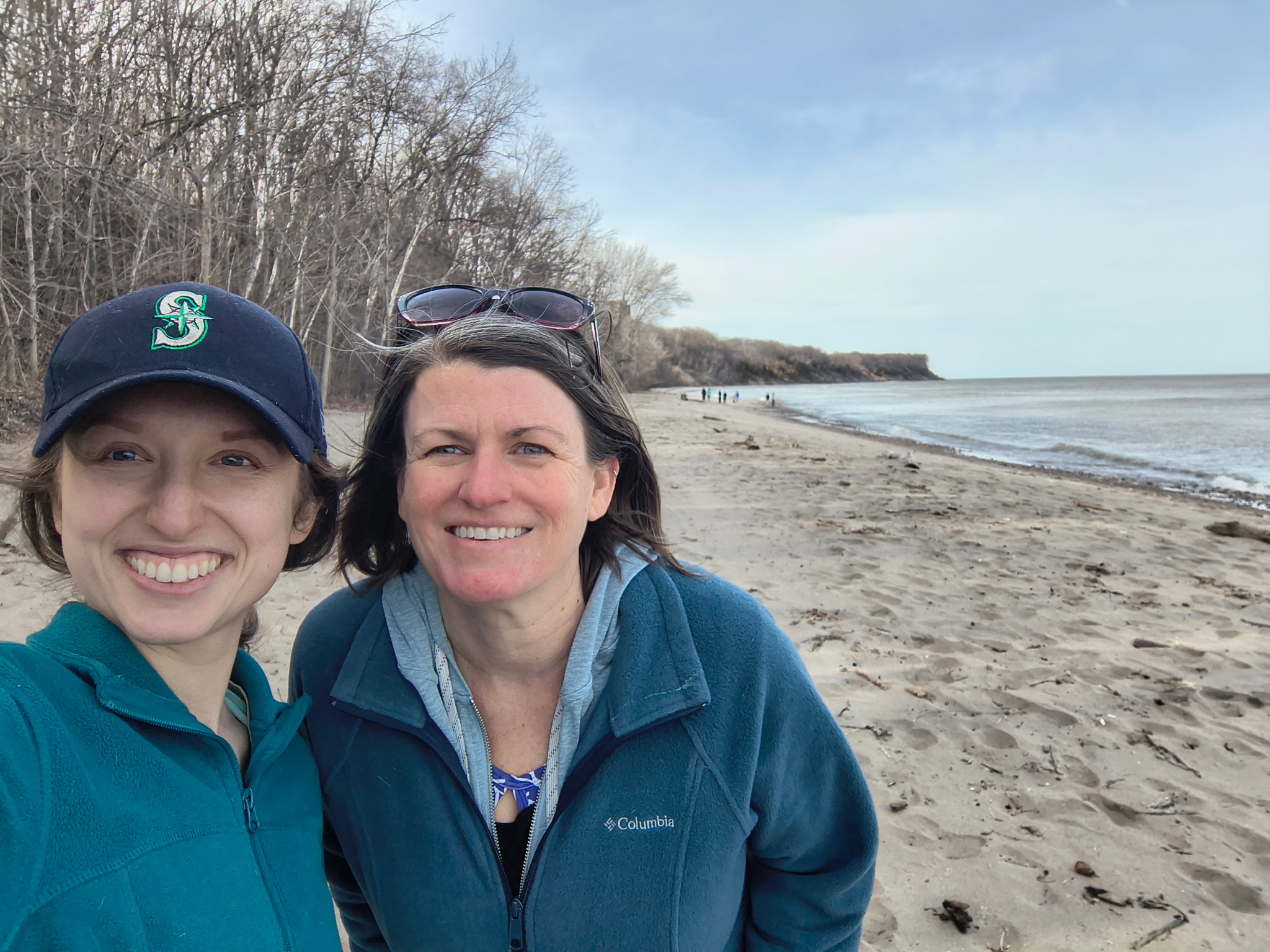By this point, we’re aware that the antibiotics and personal-care products we routinely consume to beat back our various and sundry colds and infections have filtered their way through our guts and into Wisconsin’s water supplies, where they’ve had the unintended effect of creating an increasing number of potentially dangerous strains of antibiotic-resistant bacteria.
But what if all those pills and pink liquids aren’t the only factor contributing to the increase? What about the millions of quagga and zebra mussels that have colonized the nearshore waters of Lake Michigan?
Supported by funding from Wisconsin Sea Grant, Dr. Krassimira Hristova, assistant professor of biology at Marquette University, is trying to sketch in another piece of the puzzle by determining how big an impact those mussels may play.
“Most studies on this topic are focusing on the clinical setting,” said Hristova. “There’s not much focus on the environment, on the freshwater ecosystem as part of the equation.”
In urban environments like Milwaukee, scientists have already identified E. colistrains resistant to as many as 11 different antibiotics. They’ve even mapped the mechanism: Heavy concentrations of bacteria contained in the lake sediment near wastewater treatment plants create a four-lane highway for a scientific phenomenon called horizontal gene transfer (HGT). Instead of antibiotic-resistant genes (ARGs) being passed between bacterial cells vertically through the standard process of cell division, they’re being passed through the walls of unrelated bacteria by means of close proximity.
Hristova suspects that a similar phenomenon could be taking place in the guts of the filter-feeding invasive mussels, where bacteria in lakewater concentrates in much the same way it does in the microbiome of a human gut or in the effluent from a treatment plant.
“If we see pollution in the water, do we see the same signal in the mussel gut?” Hristova asked.
To find out, Hristova, Marquette professor of biology James Maki and a research team of students spent most of last summer taking mussel samples from different locations in Lake Michigan where bacterial concentration and mussel presence were likely to be high—places like the inner and outer portions of the Milwaukee Harbor and the headwaters of the Kinnickinnick River. They’re also taking water samples from inland lakes to compare bacterial concentrations in environments that receive different inputs of antibiotics and personal care products.
Back In the lab, it’s easy to depurinate the mussels in a water tank, effectively cleaning their guts of bacteria and creating a blank slate for controlled experiments. Then the team can expose the mussels to a mixture of bacteria including one of the antibiotic-resistant bacteria strains and observe the results.
“How long does the bacteria take to populate their gut?” Hristova asked. “Does the exchange happen in the mussel microbiome, as it does with humans and animals?”
The answers to those questions could go a long way toward determining the mussels’ role in increasing the levels of antibiotic-resistant bacteria in the lake. And could potentially fuel stricter regulations on the types of antibiotic and personal-care products we use.
Hristova’s project has definitely engaged Marquette’s undergraduate students. While only two students helped her gather samples and collect data over the summer, there are now 19 students in the Experimental Microbiology lab class involved in isolating bacteria from mussels and lake sediment and creating assays to determine antibiotic-resistant profiles.
One of those summer students was Kylli Paavola, a senior from Dousman, Wisconsin.
“This was my first real chance to get in a lab and get my hands dirty, she said, “A lot of what we’re doing here is really innovative.”
Paavola had been considering a career in biochemistry, but her experience in Hristova’s lab convinced her to apply for the PhD program in microbiology at UW-Madison, where she’s more likely to be able to hone what she’s learned in the lab and apply it broadly.
“I can really see the applications of this work in the medical field,” she said. “I never really realized how much bacteria there is in the lake water and on the beaches. The abundance is really shocking. Now I think about it every time I visit the beach.”
Ultimately, Hristova would like more people—including scientists and policymakers–to think about it, too.
“It’s not a single part that’s responsible for the problem we’re seeing,” said Hristova. “Every part plays a role. The real question is, how are we changing the ecosystem and what are the consequences of those changes? We’re exposed to this in the environment constantly. We bathe in this water and our kids play in it on the beach all summer long. What are we exposing them to?”





